The usage of renewable energy has increased substantially in the last few years, with more and more people switching from traditional electricity generation to renewable sources such as solar and wind power. This shift could be a positive one if it leads to lower costs and improved environmental sustainability, but there are also some side effects that many have yet to consider. The potential negative impact of renewable energy on power quality may even offset some of the positive benefits, especially in the case of solar power systems that generate strong harmonic distortion in the grid's electrical current.
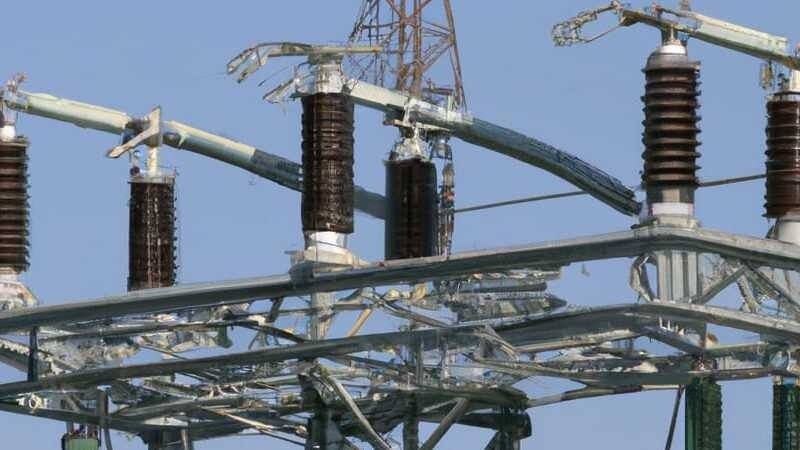
In this blog post, we're going to discuss renewable energy and its effects on power quality. This will be accomplished by addressing total harmonic distortion (THD), it's importance to electric power quality, and how it can affect power systems when using renewable sources. As you read through this post, please keep in mind that THD is a measurement of the amount of harmonic frequencies present in a sinusoidal electric current that are not at the fundamental frequency.
What is Power Quality?
Power quality is a measure of the stability and predictability of an electric power supply. In particular, it measures how much distortion is present in a given power signal. Distortion can come from several different sources, including voltage fluctuations, frequency variations (including those caused by phase angle changes), harmonics (which are multiples of fundamental frequencies), and so-called static non-linear distortion. The total harmonic distortion measurement is one way to quantify this type of power quality issue.
Why is Power Quality important?
Power quality is important because it is a measure of the distortion present in a power system, caused by disturbances such as sags, swells, and spikes. The amount of total harmonic distortion that occurs in the grid can be attributed to renewable energy sources such as solar and wind power. These sources are intermittent, meaning that they do not generate electricity uniformly over time. This inconsistency can have a negative effect on power quality if not managed correctly.
How does Renewable Energy affect the Power Quality?
Renewable energy, such as solar and wind power, has had a profound impact on the grid. One way that renewable energy affects power quality is by increasing voltage fluctuations in some areas. In other words, when there's an overabundance of renewable energy at some points, voltage may spike or dip more than normal. This issue could lead to increased frequency and duration of blackouts.
The four types of Harmonics
Distortion in the grid can come from all kinds of cyclic harmonics and temporary events like inrush surge or lightning strike.
Harmonics are current- or voltage components with an integer multiple of the fundamental frequency, such as the second, third, fourth, etc. For instance, the first harmonic (50 Hz) is the fundamental frequency when the power grid has 50 Hz AC. The second harmonic (100 Hz), third harmonic (150 Hz), fourth harmonic (200 Hz), and so on are further multiples of the fundamental harmonic. The resultant waveform when these harmonics are present in a circuit is the sum of the fundamental and higher harmonics at every moment.
(We can see later, that harmonics don't need to be mandatory integer.)
Now we can classify four main types of harmonics contributing to the THD. The graphs show:
- Blue colour: fundamental wave
- Green colour: harmonic wave(s)
- Red colour: resulting waveform (fundamental + harmonics)
Odd Harmonics
Odd harmonics are odd multiples of the fundamental wave, such as the third, fifth, seventh, etc. Increased resistance (I2R) losses and impedance losses in transformers are caused by loads that draw odd harmonics. A transformer needs to be derated if the harmonics are considerable high, in order to avoid overheating.
All kinds of inverters are causing odd harmonics which need to be filtered or compensated.
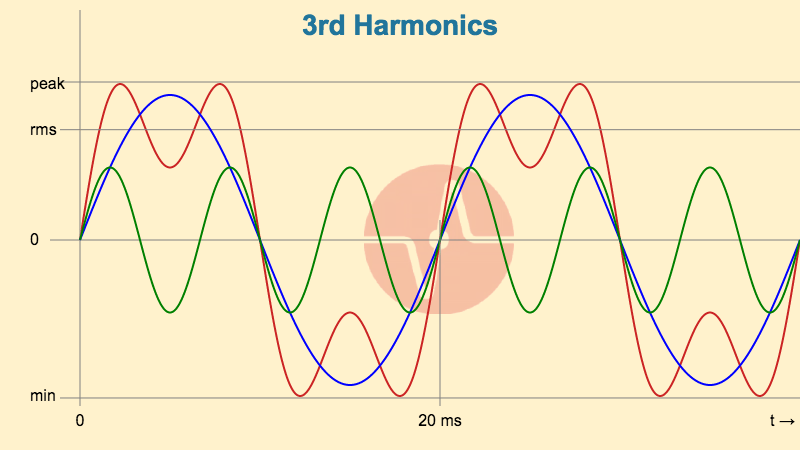
Example for 3rd harmonics: The harmonics wave (green) travels 3 times faster than the fundamental wave (blue). This is resulting in the distorted wave (red).
Even Harmonics
Even harmonics are multiples of the fundamental wave that are even (2nd, 4th, 6th, etc.). Even harmonics tend to balance each other out. The majority of non-linear loads in power systems create odd harmonics, even harmonics are often rather small. Even harmonics can indicate a possible DC offset on the secondary side of transformers,
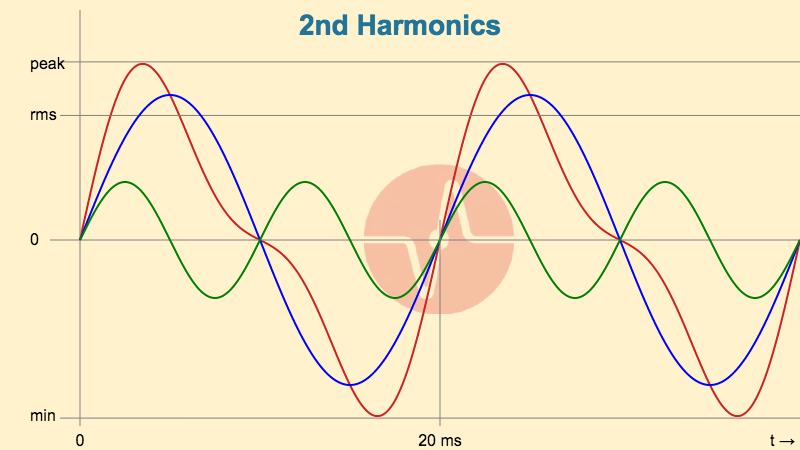
Example for 2nd harmonics: The harmonics wave (green) travels twice as fast as the fundamental wave (blue). This is resulting in the distorted wave (red).
Sub-Harmonics
Sub-harmonics refer to a wave frequency lower than the fundamental frequency. This indicates that the sub-harmonic frequency is (1/n)th times of the fundamental frequency. The n is for sub-harmonics an integer value. Thus, sub-harmonic frequencies include those of 25 Hz, 16.66 Hz, 12.5 Hz, etc.
In series compensated transmission lines, sub-harmonic currents can be frequently seen. Series capacitors are used to adjust the line, and this might result in harmful sub-harmonic content. It can create issues on safety protection of distance relays, which see either too high or too low impedance. Means, they are tripping due to harmonics content.
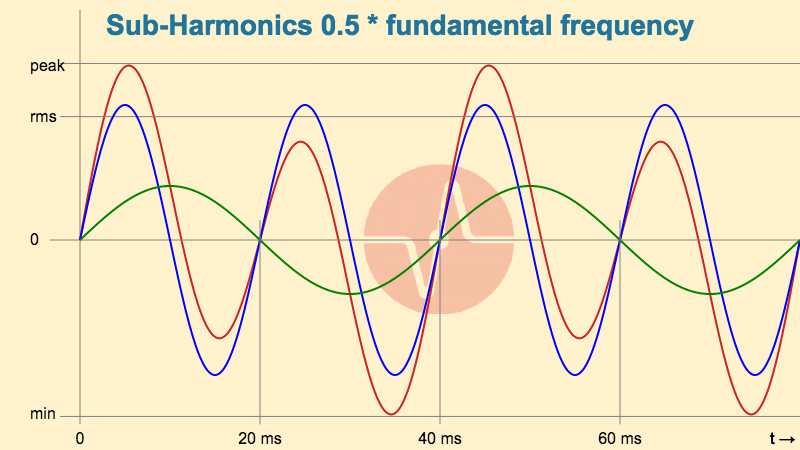
Sub-harmonics example: The harmonics wave (green) travels half as fast as the fundamental wave (blue). When the fundamental wave has finished two cycles, the harmonics wave has finished one. This is resulting in the distorted wave (red).
Interharmonics
The IEC 61000-2-1 states that an interharmonic is a ‘frequency component of a periodic quantity that is not an integer multiple of the frequency at which the supply system is operating'. Means, we can have in the power grid harmonics with patterns, that repeat after n cycles. All periodic waveforms can be represented by their fundamental component and a Fourier series of harmonics with different frequencies, phase shifts and magnitudes. A Fourier analysis of a wave containing interharmonics will always be incomplete.
The most common source of interharmonics with renewable energy is a non synchronized static converter switching with the grid frequency.
The IEC 62052-11 in the 2020 version has changed the naming from sub-harmonics to interharmonics. It's a more accurate term, because the analysis of burst-fired waveforms shows also components above the fundamental frequency, like 62.5 Hz and 87.5 Hz.
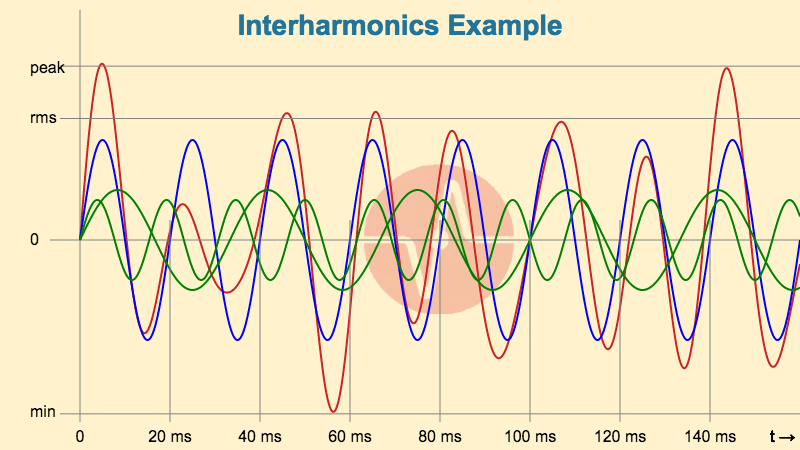
Interharmonics example: We have here two interharmonics (30 Hz and 65 Hz, green). The fundamental wave is blue and the resulting wave red. We don't have a repeating pattern within the shown 8 cycles. The waveform pattern will repeat after 1950 cycles (39 s).
More information about the IEC meter tests for odd harmonics and phase-fired waveforms you can find here.
What is the Impact on the Power?
Ideally, we have pure active power or with a small reactive component. The voltage- and current waveforms are evaluated with the rms (root mean square) value, while the power has an average. For display purpose, all values are averaged later on.
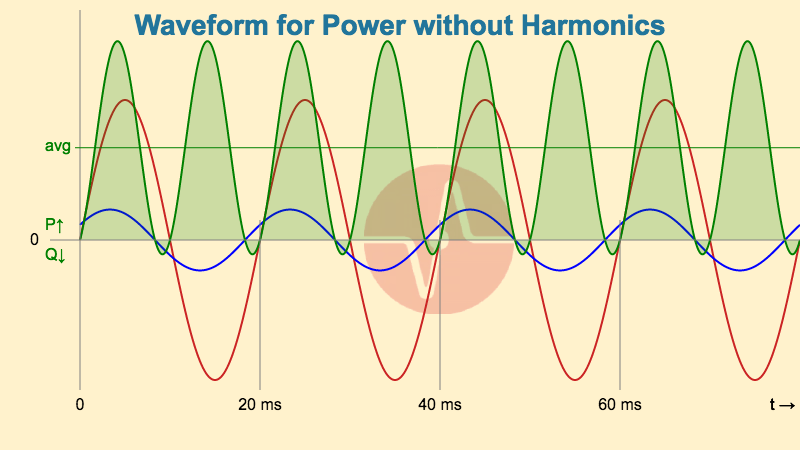
Here we have clean sine waves for voltage (red) and current (blue). There is a phase shift of 30°, equal to power factor 0.866, so we have a small reactive component (Q). The current is lagging, so the power-factor is inductive. For more information, look at the four quadrant diagram.
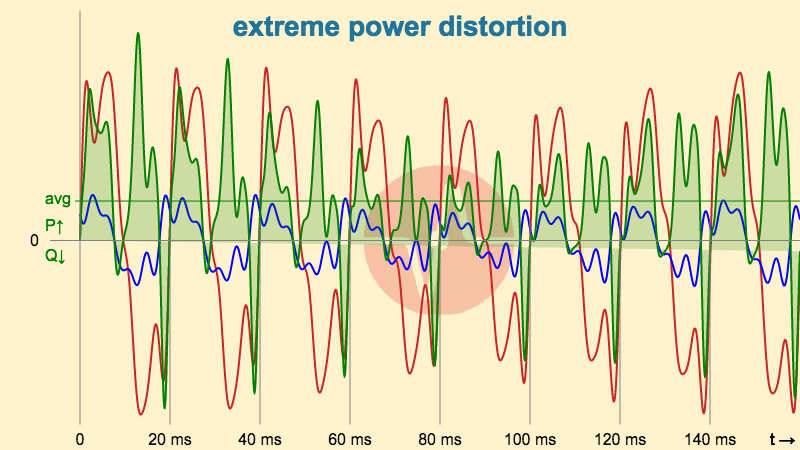
This graphics shows a mixture of sub-, inter, odd- and even harmonics. Since the screenshots are taken from our simulator for educational purpose, the reality can look even worse.
What about Metering?
Regular electronic energy meters can capture odd- and even harmonics, typically up to the 21st. On-site test equipment has a higher sampling rate and can process harmonics up to the 63rd. Due to the fact that the harmonic component's amplitude decreases with order, everything above the 21st order is, in our experience, negligible.
Takeaway
Power grid operators need to consider the total harmonic distortion. It has to be maintained as low as practicably possible. Higher power factor, lower peak currents, and more efficiency result from decreased THD in the grid. International standards like IEC 61000-3-2 specify restrictions on the harmonic currents of various kinds of electrical power equipment, because low THD is a crucial grid component.
We can offer specialized solutions thanks to our expertise in metering and the integration of renewable energy into the grid. Contact us for details.
Editor's note: This article was originally published in November 2022 and has been updated for comprehensiveness.


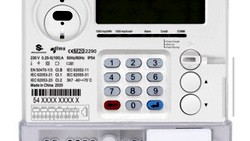
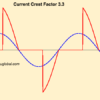

All comments are moderated before being published. Inappropriate or off-topic comments may not be approved.